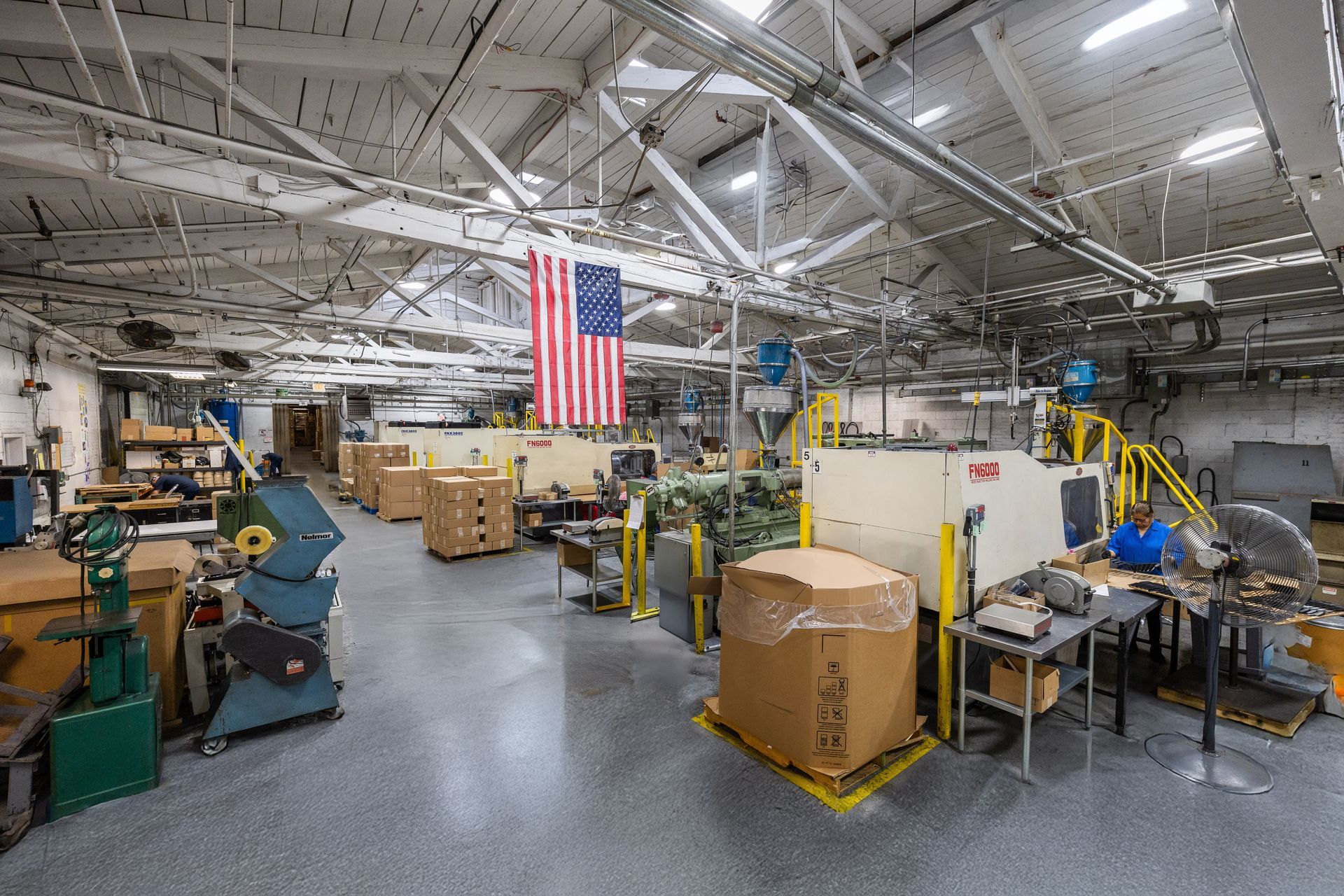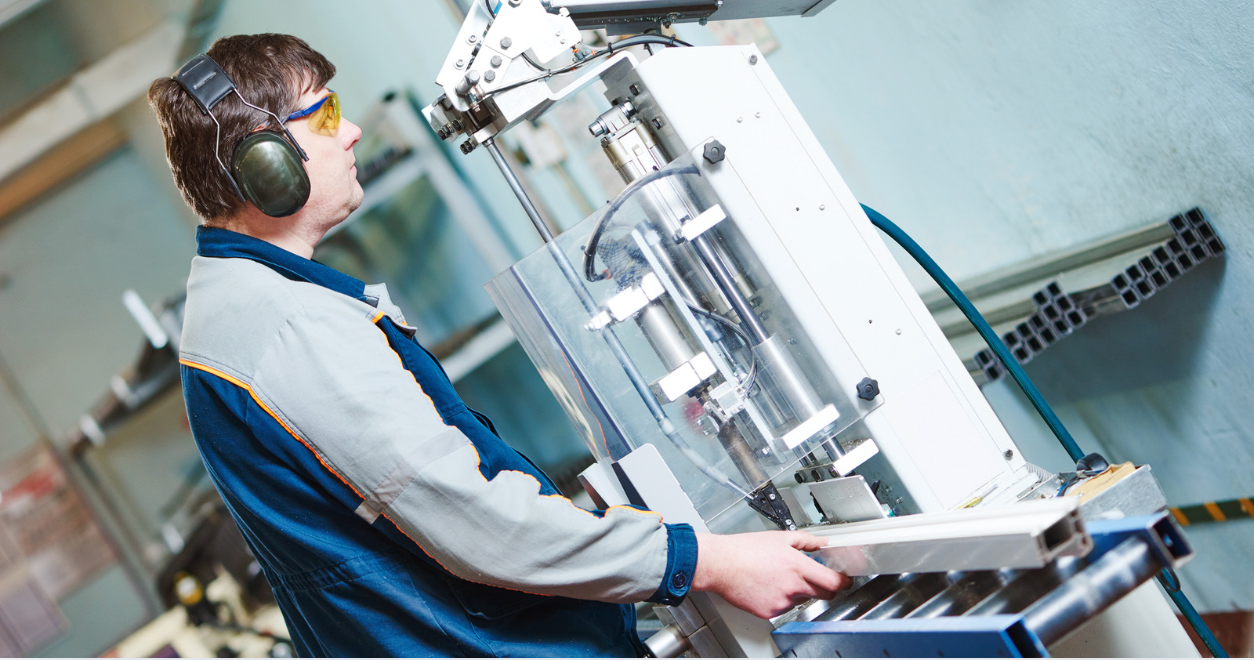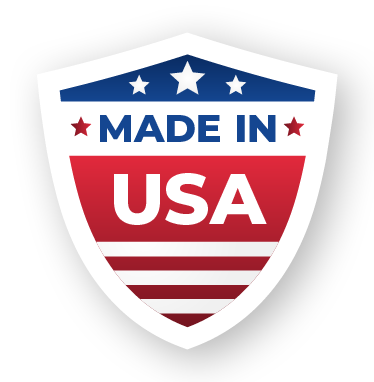3D Printing vs. Injection Molding - Which Is Better?
Comparing new processes and technologies with tried-and-true methods is a helpful exercise for many businesses. Innovations in manufacturing may save you in production costs or allow you to add details or functionality to products. New techniques may produce less satisfactory results, or introduce costs in a different area. So how do you know which to choose?
The Processes of Injection Molding and 3D Printing
Injection molding involves designing a product, making a mold for it, injecting melted plastic into it, and releasing the cooled, finished product. 3D printing also involves designing a product and printing it from plastic layer by layer with special printing equipment.
Equipment Required
3D printing requires, at minimum, a 3D printer and the raw material (filament) it uses to create the finished product. Injection molding requires the molding machine which melts and injects the raw plastic, the mold to shape it, and, of course, the raw plastic material.
When to Choose 3D Printing
- Very Small Runs - 3D printing can make sense if you only need to create very small batches of a product, avoiding the costs of tooling.
- Immediate Changes - 3D printing can be paused mid-print, adjustments made, and printing resumed if immediate changes are needed, while expensive retooling the mold might be required in injection molding.
- Many Intricate Details - While injection molding can accommodate almost any intricate shape, ejection from a mold may introduce complications that are avoided with 3D printing.
When to Choose Injection Molding
- Speed - Once a mold is created, injection molding is infinitely faster than the painstaking 3D printing process.
- Volume - Multiple molds can be used simultaneously, allowing for a large volume of products to be produced at one time.
- Strength - The molding process is less likely to have breaks or separations as may occur between layers in 3D printing.
- Size of Product - Injection molding can easily and successfully produce products on almost any scale, while 3D printers are limited by their fixed, individual capacities.
- Finish - Parts produced by injection molding can have a wide variety of finishes, including extremely smooth surfaces for parts which work against each other. 3D printing will always show the printing layers to some extent or require additional finishing.
At Bennett Plastics, we've found that the best solution employs a combination of 3D printing and injection molding, allowing us to easily take products from concept and prototype through finished results. Contact us today to see how our expertise and decades of experience can work for you.
Recent Articles











